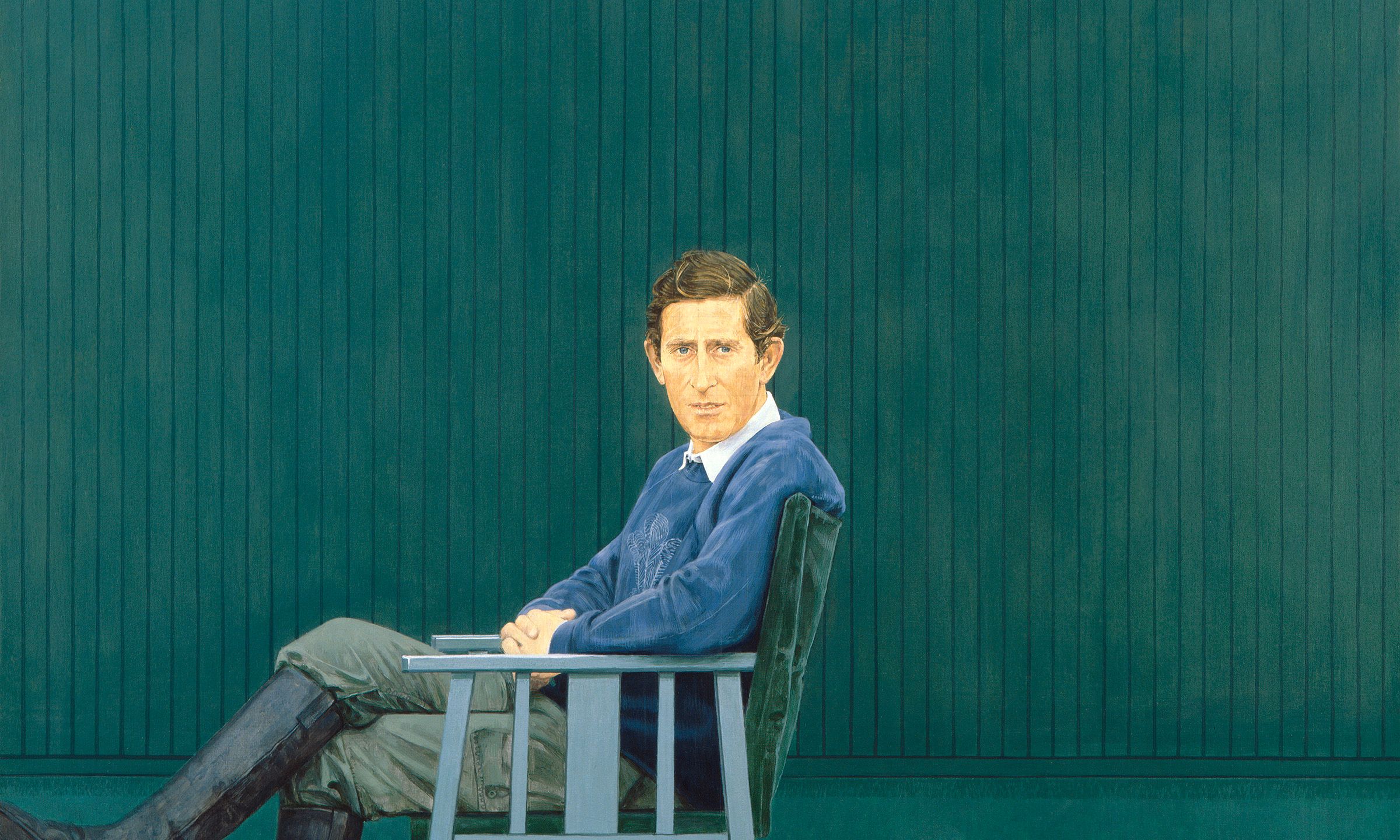King Charles III (1980) by Bryan Organ
The Art Newspaper’s Book Club shines a light on art books in their myriad forms and brings you exclusive extracts, interviews and recommendations from leading art world figures. Sign up to our monthly newsletter
Ahead of the coronation of the UK’s King Charles III in May, this selection of works drawn from the National Portrait Gallery (NPG) in London depicts the new monarch through 70 works dating from 1948 to today. Artists featured include the photographers Nadav Kander, Cecil Beaton and Marcus Adams. Adams was commissioned to photograph the young prince in 1956, while Kander’s intense portrait of the then Prince of Wales in 2013 graced the cover of Time magazine with the caption, “The Forgotten Prince.” Meanwhile Bryan Organ’s image, King Charles III (1980), is the first painted portrait of Charles to enter the NPG collection. Alison Smith, the chief curator at the NPG, examines how the portraits reveal different facets of the King, both as the Prince of Wales and now during his reign as King Charles III.
This analysis shows how “Black models were a part of the European art world since medieval times”, says the author Zaria Ware. “From paintings of majestic kings to a portrait of a young girl named Isabella in Amsterdam, these models lived diverse lives while helping shape the art world along the way,” adds a publisher’s statement. Images featured include The Moor King Caspar (1654), which is in the collection of the Staatliche Museen in Berlin. Ware tells Now.TV that in the second part of the publication highlights “Black artists [who] took the paintbrush into their own hands”, discussing the legacy of figures such as Edward Mitchell Bannister and Edmonia Lewis. These artists were examples of “black humanity and black excellence”, Ware adds, discussing how they sparked the Harlem Renaissance, a blossoming of African American culture in the eponymous New York neighbourhood after the First World War.
The Italian artist Marinella Senatore lit up London last year with a series of light installations and performances at various locations including Battersea Power Station, giving city dwellers the chance to sample her participatory art. In 2018, Senatore also led a full-scale procession featuring a gospel choir, drummers, acrobats and fleets of volunteers for a piece commissioned by the London-based contemporary festival, Art Night. This monograph includes biographical information and the artist’s exhibition history as well as a selection of Senatore’s works including her carte blanche installation at the Palais de Tokyo in Paris in 2022. The author Ilaria Bernardi also explores the impact of Senatore’s School of Narrative Dance, founded in 2012, which according to the artist’s website is “focused on the idea of storytelling as an experience that can be explored choreographically”.
Author Richard Verdi explores Diego Velázquez’s life and art, discussing the Spanish Old Master’s surviving output of approximately 110 paintings including key works such as the Portrait of Pope Innocent X (1650) and Las Meninas (1656). Other important paintings are examined including Christ Contemplated by the Christian Soul, which is housed at the National Gallery in London (the work was painted shortly after his return to the court of King Philip IV in Madrid in 1631). “Its loosely painted technique shows a distinctly Venetian influence,” says the National Gallery website. A publisher’s statement says: “The artist’s greatest innovation—his unorthodox and revolutionary technique—is explored in relation to the styles of certain of his most celebrated contemporaries both in Spain and beyond, including Titian and Rubens.” Velázquez’s influence on later artists such as Pablo Picasso and Francis Bacon—who made around 40 paintings of Popes based on his predecessor’s famed pictures of pontiffs— is also examined.
Sign up to our monthly Book Club newsletter and follow us on social media using #TANbookclub

